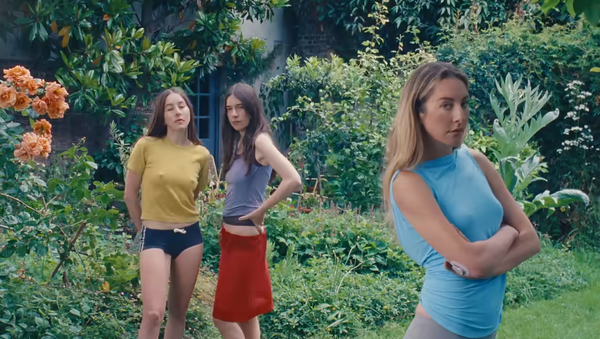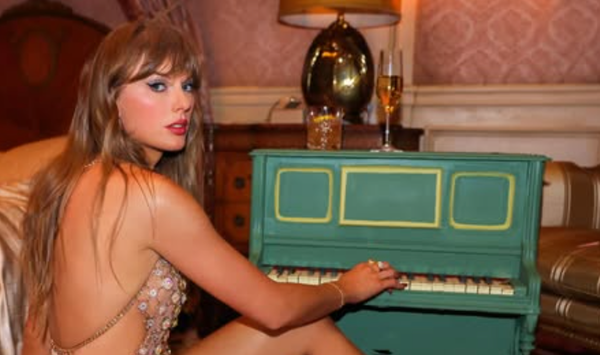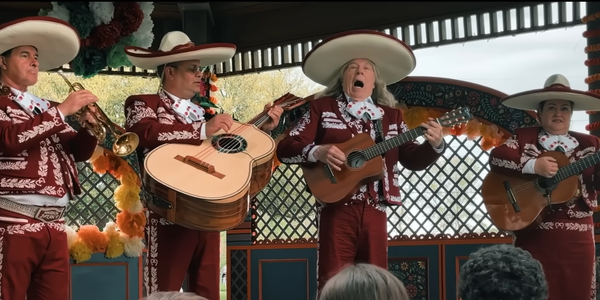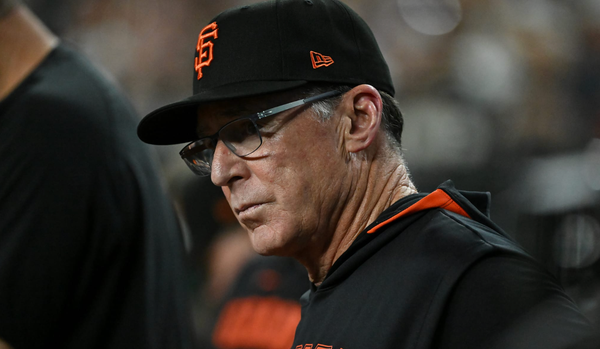Northern Exposure in space
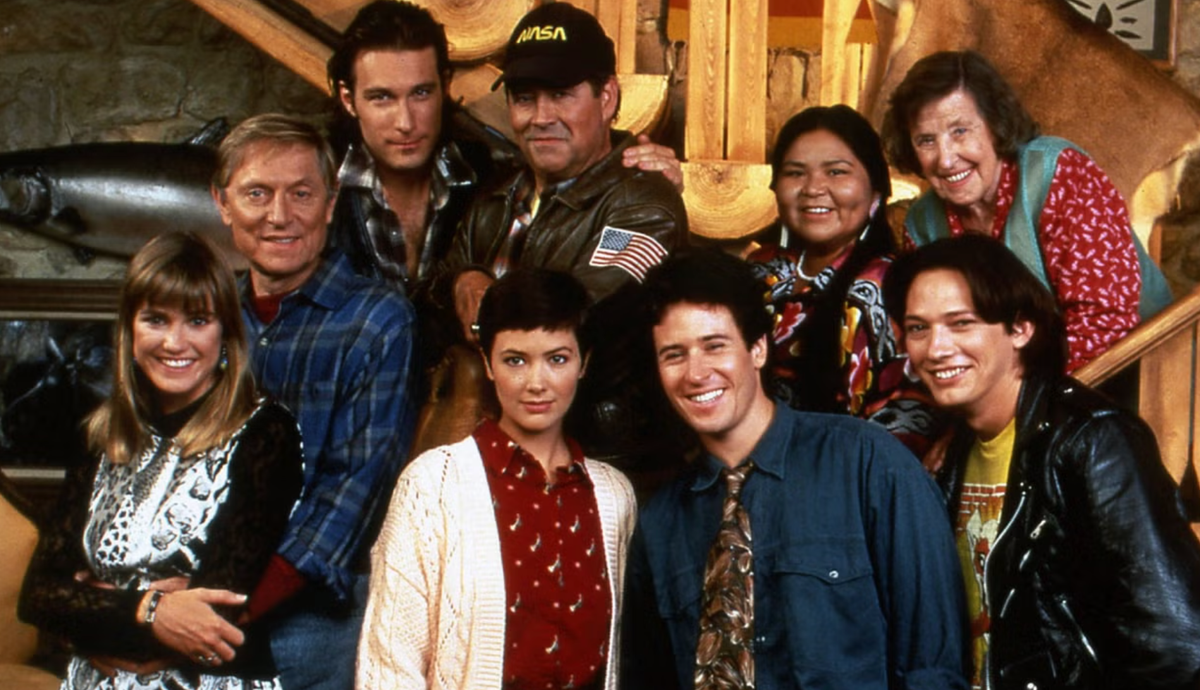
In my last newsletter, I wrote at length about Star Trek and the modern Star Trek fandom, and I'm going to write about it a little more this time. But I'm also going to write about what might be my favorite television show ever: Northern Exposure.
I started watching Northern Exposure in junior high, after my father told me how much he had been enjoying it. He became enchanted with the small-town Alaskan life depicted in the show. (In reality, it was filmed largely in Roslyn, Washington.) I think he identified a lot with the Maurice character, a cowboy and former astronaut who served as the town's mayor, was puzzled by modern society and had an affinity for showtunes. I know he had a crush on Maurice's love interest, Barbara Semanski, played by Diane Delano.
I started watching the show after he clued me in on it, and shortly became obsessed, taping the weekly episodes on our VCR and sparking my lifelong fascination with Alaska. (When I finally got to take a trip to Alaska in 2017, it was easily my favorite vacation I've ever been on.) I ended up being way more into Northern Exposure than my father ever was, but I associate the show with him in some way, and every time the peerless character actor Barry Corbin (who played Maurice) shows up in something, I feel that distant echo with my dad.
If you're not familiar with Northern Exposure, you should fix that. All six seasons are on Prime Video, and beyond it being very funny, sweet, and – dare I say – cozy, it was also highly influential, being one of the first metatextual and reflexive prime-time dramas of the 1990s. It aired alongside Twin Peaks, and for years had a very undeserved reputation as "Twin Peaks for normies/dumb people," although the shows couldn't be further apart in tone and intent apart from their small-town settings. (Although Northern Exposure did have some fun with their competition on the other channel, tipping its hat to the show that became a cultural phenomenon while NE struggled to find an audience or permanent time slot for their first few years.)
It was, for example, the first show for adults that I can recall breaking the fourth wall in this way:
